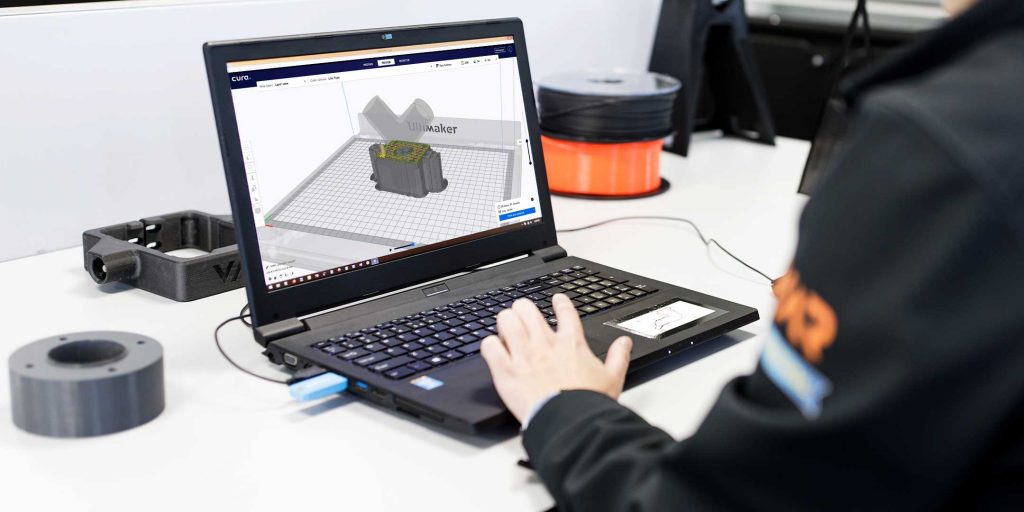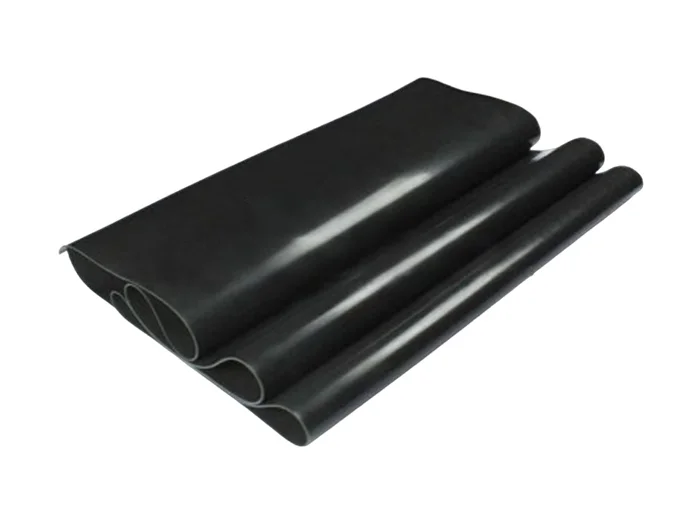
In the realm of additive manufacturing, 3D printing has revolutionized various industries, enabling the creation of intricate designs and prototypes. However, the cost of 3D printing can be a significant barrier for many individuals and businesses. In this article, we will explore the most affordable form of 3D printing, providing insights into a cost-effective approach that aligns with the latest advancements in the field.
Section 1: Fused Filament Fabrication (FFF) - The Budget-Friendly Champion
When it comes to cost-effective 3D printing, Fused Filament Fabrication (FFF), also known as Fused Deposition Modeling (FDM), stands out as the cheapest form. FFF printers utilize a thermoplastic filament that is heated and extruded layer by layer to create the desired object. This technology offers several advantages, including low material costs, ease of use, and a wide range of compatible filaments.
Section 2: Exploring the Benefits of FFF 3D Printing
2.1 Affordability: FFF printers are available at various price points, making them accessible to hobbyists, small businesses, and educational institutions. Additionally, the cost of filaments used in FFF printing is relatively low compared to other 3D printing technologies.
2.2 Material Versatility: FFF printers can work with a diverse range of thermoplastic filaments, such as PLA, ABS, PETG, and more. These filaments offer different properties, including strength, flexibility, and heat resistance, allowing users to select the most suitable material for their specific application.
2.3 User-Friendly Operation: FFF printers are designed with user-friendliness in mind, making them ideal for beginners. The setup process is straightforward, and the software interfaces are intuitive, enabling users to start printing with minimal technical expertise.
Section 3: Tips for Cost Optimization in FFF 3D Printing
3.1 Filament Selection: While FFF printers can work with various filaments, some are more cost-effective than others. Conducting research and selecting affordable yet reliable filaments can significantly reduce printing costs without compromising quality.
3.2 Print Settings Optimization: Adjusting print settings such as layer height, infill density, and print speed can impact both print quality and material usage. By finding the right balance, users can optimize their prints for cost-effectiveness while maintaining acceptable results.
3.3 Print Planning and Batch Printing: Maximizing the build volume and planning print jobs efficiently can help minimize material waste. Additionally, batch printing multiple objects in a single print run can save time and reduce energy consumption.
Conclusion:
In conclusion, Fused Filament Fabrication (FFF) emerges as the most cost-effective form of 3D printing. Its affordability, material versatility, and user-friendly operation make it an attractive choice for individuals and businesses seeking to explore the world of additive manufacturing without breaking the bank. By implementing cost optimization strategies and leveraging the benefits of FFF technology, users can unlock the full potential of 3D printing while keeping expenses in check.


